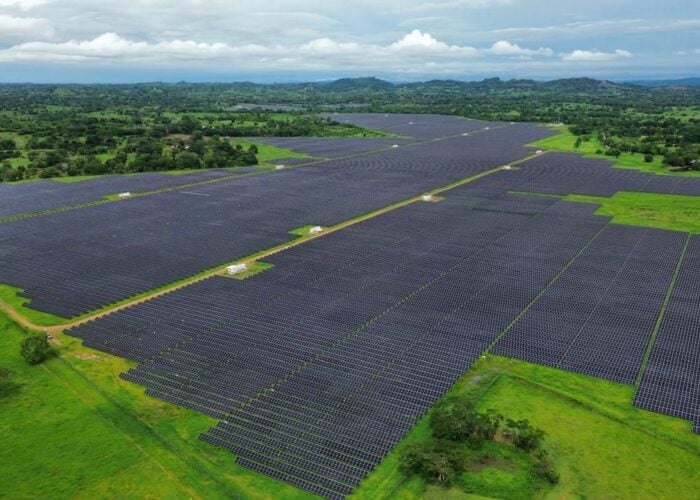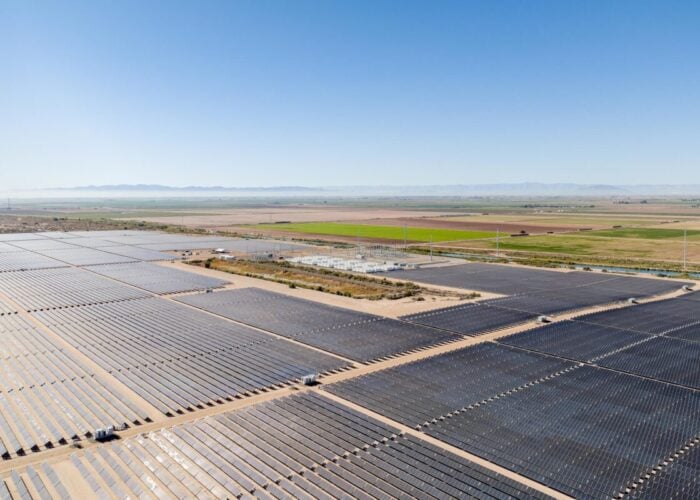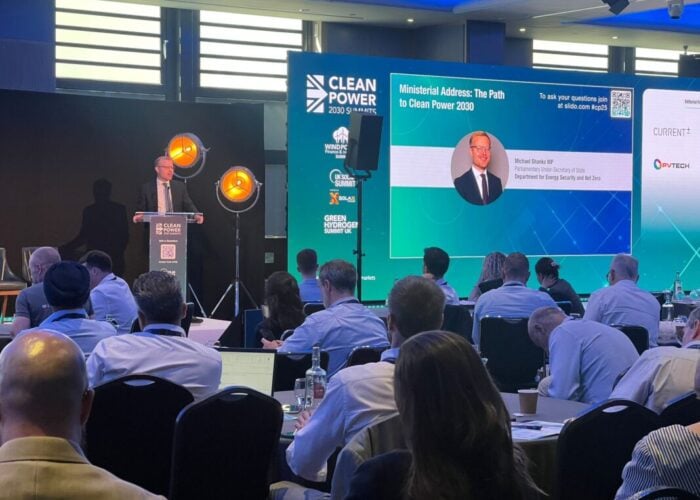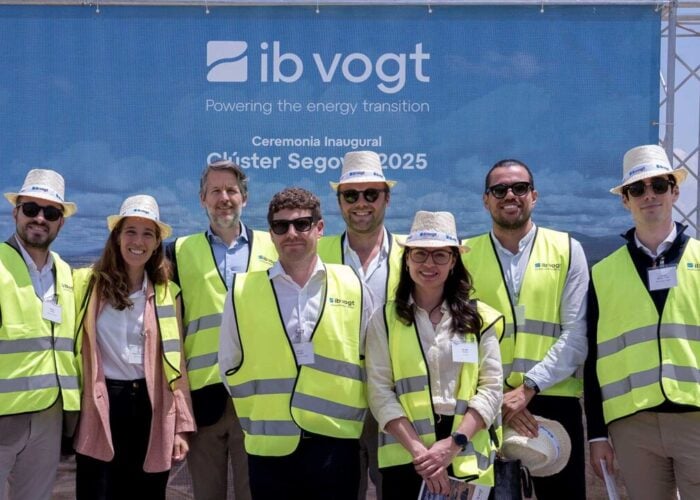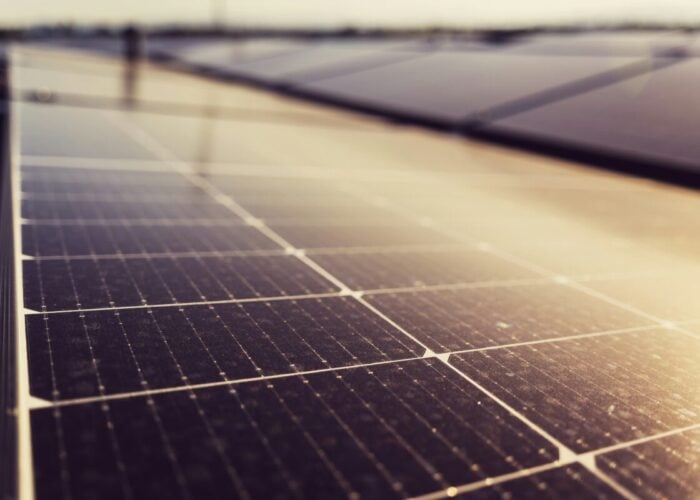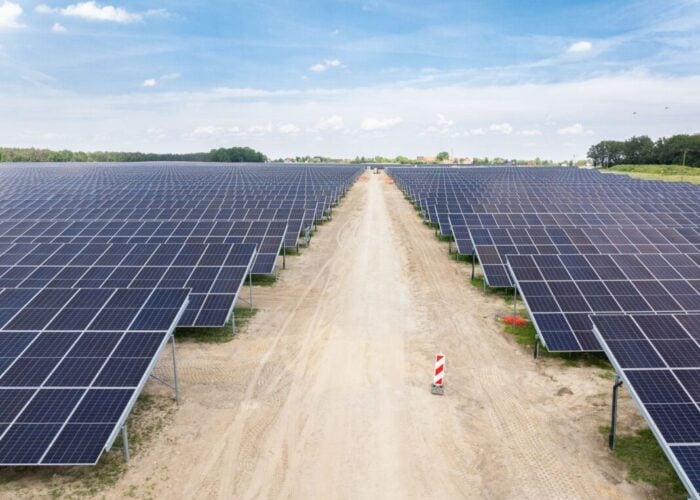Major PV equipment supplier, Meyer Burger has officially opened its heterojunction (HJ) solar cell pilot production line with CSEM at subsidiary, Meyer Burger Research AG in Hauterive, Neuchâtel, Switzerland.
The pilot line is part of the wide-ranging Swiss-Inno HJ technology project that also involves the Swiss Federal Office of Energy and the Canton of Neuchâtel and is a key part of Meyer Burger’s attempts to attract PV manufacturers to adopt its co-developed HJ technology into volume production.
Unlock unlimited access for 12 whole months of distinctive global analysis
Photovoltaics International is now included.
- Regular insight and analysis of the industry’s biggest developments
- In-depth interviews with the industry’s leading figures
- Unlimited digital access to the PV Tech Power journal catalogue
- Unlimited digital access to the Photovoltaics International journal catalogue
- Access to more than 1,000 technical papers
- Discounts on Solar Media’s portfolio of events, in-person and virtual
Peter Pauli, CEO of the Meyer Burger Group said: “The industrialized manufacturing of high-performance solar cells is at the heart of photovoltaic production. The Swiss-Inno HJT project drives further development of a forward-looking, highly efficient cell technology. Working together with CSEM, we will further optimize the important economic advantages, such as lower production costs and higher energy yields at the same time and thus lower the costs of solar energy in the long term.”
The technology partners noted that the pilot line has a production capacity of 600 kilowatts from which HJ manufactured cells are built into modules and tested in both the laboratory and in the field.
The target upon further process optimisation is to reach a PV module efficiency of 21% but with a production cost below 0.6CHF/Wp (US$0.62/Wp). HJT cells are said to achieve an efficiency of more than 22% in lab conditions.
Meyer Burger in collaboration with ETH Lausanne developed a low temperature (200°C) PECVD process for deposition the amorphous silicon layers required on both sides of the wafer, reducing energy costs, allowing thin wafers to be processes and use considerably less silver for front-side contacts.
HJ cells consist of two ultra-thin amorphous silicon layers that create a heterojunction between the N-type monocrystalline wafer and the two layers of amorphous silicon, providing increased light capture and conversion efficiency.

